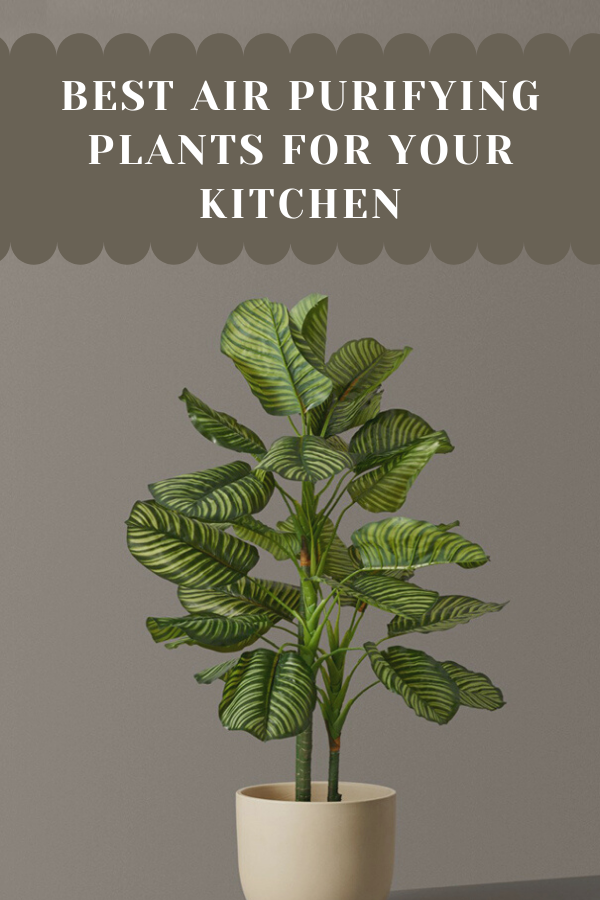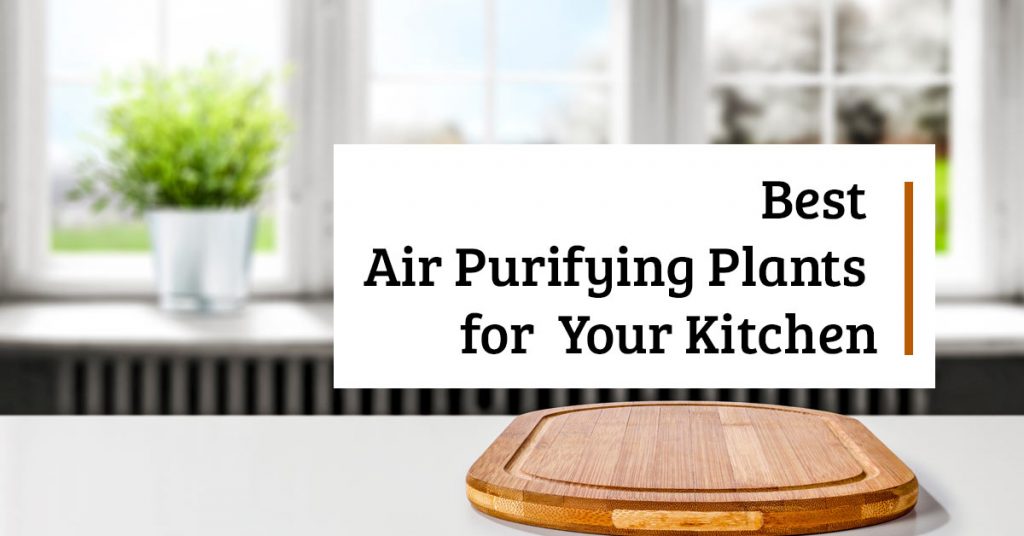
Your kitchen might not be as clean as you think. Sure, you might scrub down the counters after cooking a meal, and you always mop once a week.
But is that enough? For most kitchens, there are a lot of unexpected dirty things hiding below the surface (or in plain sight).
From harmful bacteria to chemicals in the air, we could all do better to keep our kitchens a little bit cleaner.
Believe it or not, one of the best ways to clean your kitchen isn’t to dust more frequently or use a DIY spray. It’s actually to add some greenery.
Plants are natural purifiers, and they’ll transform your kitchen air into a clean oasis. Indoor plants are mini-super heros, cleaning our homes one room at a time.
Are you ready to add a potted purifier to your own kitchen? Adding greenery to your indoor space can be tricky, especially if you don’t have a green thumb.
In this guide, we’ll talk about the science behind air purification, as well as which plants are the best for your kitchen.

Do Plants Actually Purify Your Home’s Air?
First, let’s talk a bit about the science of plants. You might think your favorite indoor plants are pretty, but can they put in the work to actually make your home a cleaner place? According to science, they can.
Plants are naturally porous. Their leaves are excellent at absorbing gases through these pores, and that’s how they facilitate their photosynthesis process of converting light energy into chemical energy. They don’t just absorb carbon dioxide.
According to scientists, they absorb a large list of volatile organic compounds including many things you’ll find in your kitchen.
What in particular do they absorb? Here’s a mini-breakdown of the two most common chemicals:
- Benzene – This is a colorless chemical derived from natural gas, crude oil, or coal. Believe it or not, benzine is found in a variety of everyday things like plastic, fabrics, cigarette smoke, car exhaust, and pesticides.
- Formaldehyde – Formaldehyde is a colorless, strong-smelling gas that you likely know from funeral homes. Formaldehyde is used as a disinfectant during the embalming process, but it’s also found in a number of household goods like cosmetics, dish detergent, carpet cleaner, and even fabric softener.
These indoor pollutants can cause irritation to the eyes, nose, and threat, and they’ve even been linked to asthma.
Frankly put, they’re not things you want in your home. An easy way to remove them without any complicated equipment or harsh chemicals is with indoor plans. We know just the plants to get the job done.
Choosing the Right Indoor Plants
So what plants are pro cleaners? Not every plant will have the power to clean the air, especially in busy areas like the kitchen.
To give your home the freshest air, check out this complete list to the best indoor plants to purify your kitchen.
1. English Ivy –
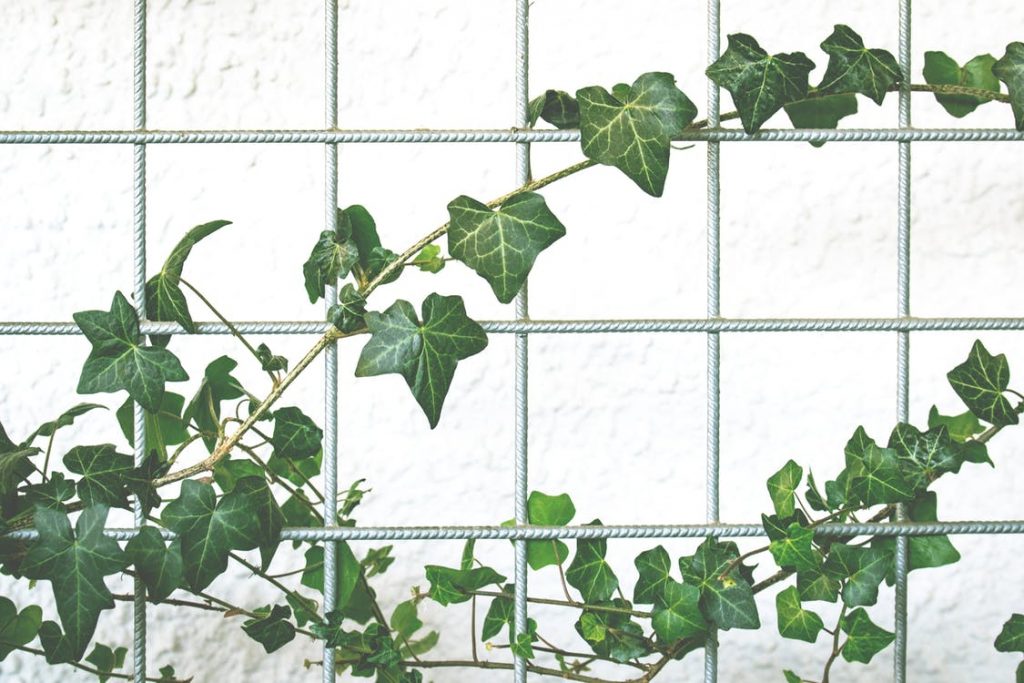
Not only does this vine look gorgeous no matter where you put it, but it’s also effective at reducing mould levels. Because it’s so good at cleaning the air, it’s perfect for places that are prone to moisture.
Your English Ivy will need only minor care, such as 4 hours of direct sunlight a day and generous watering. It looks best on shelves or above appliances where the vines can hang over freely.
2. Snake Plant –
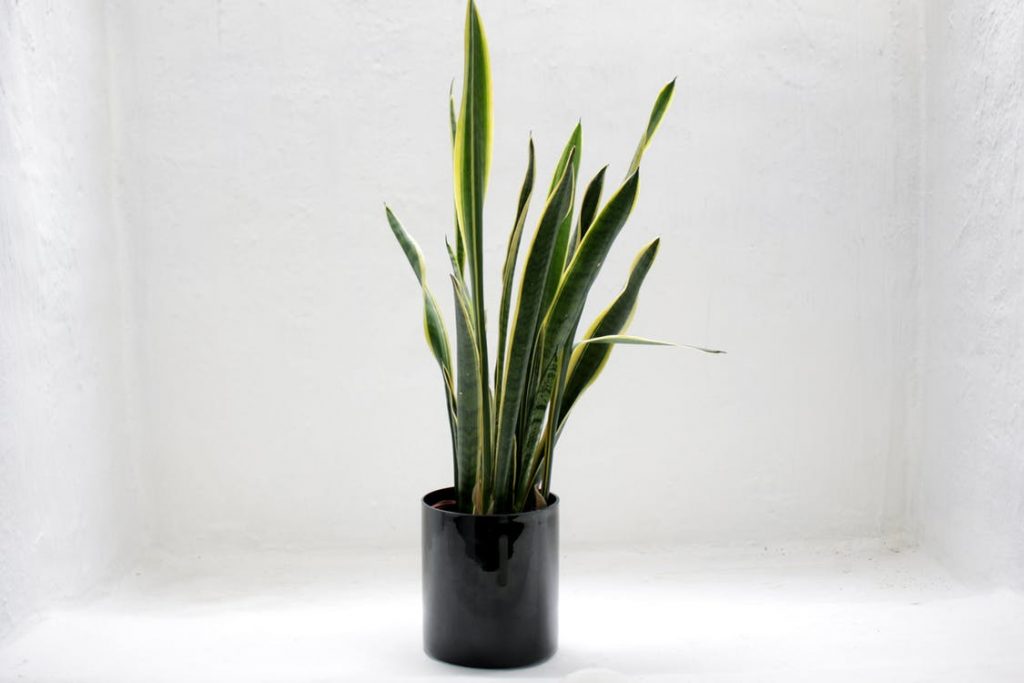
Snake plants have risen in popularity recently since they’re so easy to care for. These are even approved for those who are notorious plant killers!
The snake plant is hard to defeat. The snake plant’s nickname is Mother-in-Law’s tongue because it releases oxygen at night.
It’s powerful at filtering formaldehyde, benzene, and other chemicals common in the kitchen. Just make sure you don’t overwater your snake plant!
3. Spider Plant –
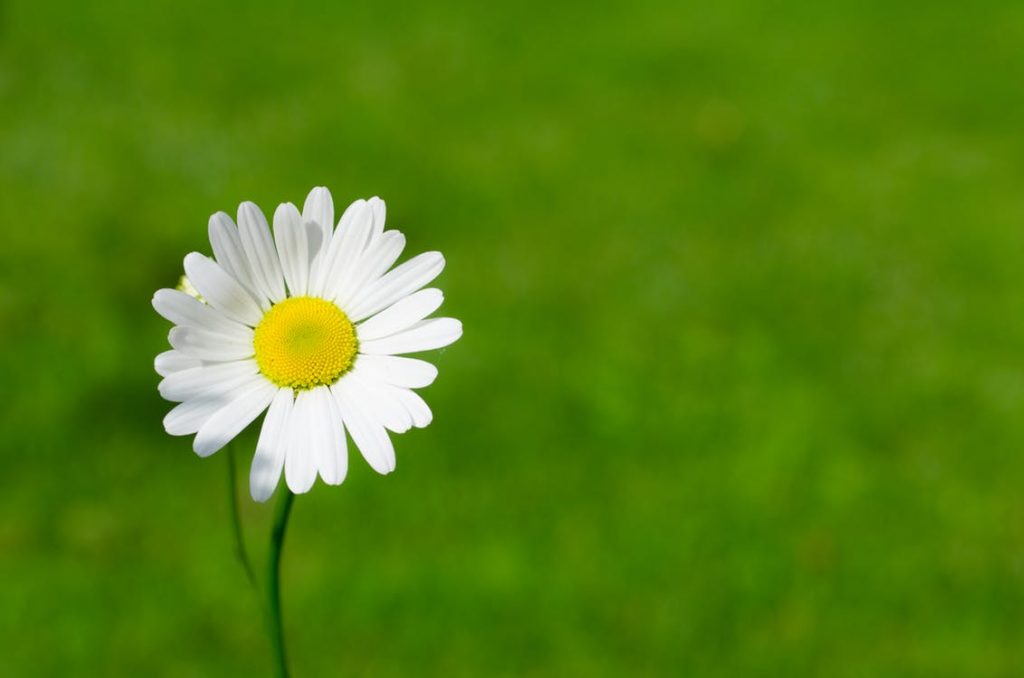
Another fit for new plant owners is the spider plant. This plant is super easy to grow, and it looks great anywhere in your home.
Spider plants are good at reducing toxins like carbon monoxide and xylene, a solvent commonly found in rubber. The spider plant is also non-toxic to animals, so it’s safe for pets.
4. Barberton Daisy –
Is there anything quite as cute and colorful as a daisy? If you’re looking for a pop of color that packs a big punch, the Barberton daisy is for you.
These daisies are effective at removing a number of synthetic fibers and chemicals from the air so you can breathe better.
Just make sure these are in an area with a lot of sunlight.
5. Broad Lady Palm –

Did you know those cleaning products you use to make your kitchen shine might also have high levels of ammonia?
This is a dangerous chemical, and it’s not something anyone should breath in regularly, especially in the kitchen when food is being prepared. Broad lady palms are one of the few plants that actually reduce levels of ammonia.
However, beware that they can be pricey if you buy one that’s fully grown. Look for smaller ones to start with, or grow it from seed yourself if you’re feeling adventurous.
6. Chrysanthemum –
This plant’s name might be a bit of a mouthful, but chrysanthemums are perfect for kitchens. These pretty blooms do more than add brightness to your kitchen.
They remove toxins like benzene and ammonia from your air. They also love sunlight, so keep them near the window.
7. Weeping Fig –

Fig plants might be a bit high-maintenance, but this extra TLC is worth their air-cleaning power. Weeping figs have been used in homes since the Victorian days, and they’ve earned a reputation for helping homes stay clean.
The weeping fig will effectively clean your air of formaldehyde, xylene, and other chemicals. When caring for your fig, keep it in bright, indirect light.
8. Aloe Vera –
That’s right, aloe vera is officially useful for just about everything. Not only is this plant good to have around to treat burns, but it’s also an air purifier.
Just make sure you place your ale in a sunny location. They love windowsills!
9. Chinese Evergreen –
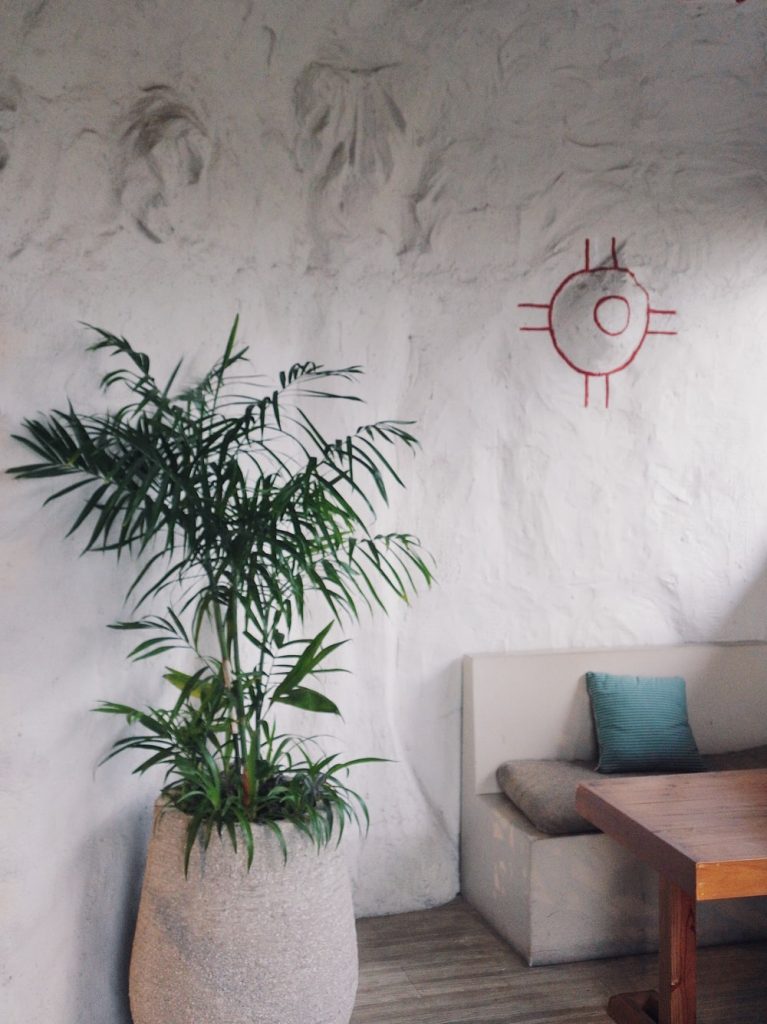
Evergreen plants look sophisticated, and they’ll elevate your kitchen design as well as your air purification.
They’re a tropical plant known to clean both formaldehyde and benzene from the air. These plants love humidity, however, so remember to mist them occasionally if you live in a dry climate.
10. Bamboo Palm –
Finally, NASA rated this palm as one of the best plants to clean chemicals from the air. These are perfect for anywhere in your home, and they look really exotic, but they thrive when they’re kept moist.
As long as you can keep them stable with moist (but not wet) air and indirect light, you’re good to go.
Is Your Kitchen’s Air Clean?
How clean is the air in your kitchen? If you’re like most people, you might not even have known some of these dangerous chemicals were lurking in the air.
Luckily, you don’t have to continue breathing in these toxins. You also don’t need to rely on any expensive or complicated solutions.
Nature gave us plants as a way to naturally clean our own air. By using these plants in our kitchen, we can make our space cleaner without the hassle.
While it might take some DIY know-how to keep your plants thriving, it’s well worth the extra effort.
Indoor plants are the height of interior design nowadays. They’re just about everywhere. The science behind these plants makes this one of the best trends around, especially when it comes to protecting the health of your family.
It’s time to welcome a new era of clean air. As more pollutants and chemicals make their way into our home, we have to fight back against these dangers.
While every plant has air-cleaning power, these plants, in particular, have shown to be the best at eliminating the most harmful toxins. What are you waiting for? A greener kitchen awaits.
Enjoyed Best Air Purifying Plants for Your Kitchen? Share it with your friends so they too can follow the superfoodsliving journey.
Share on Pinterest
